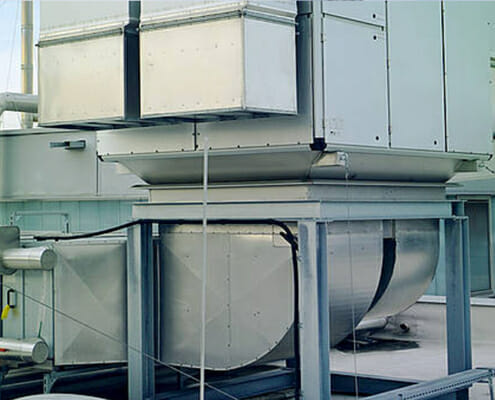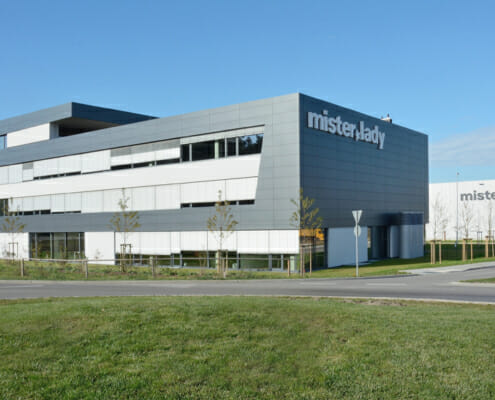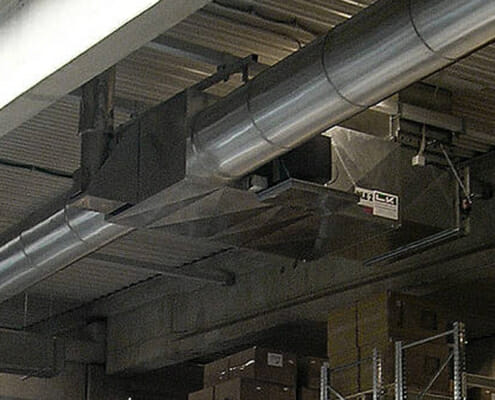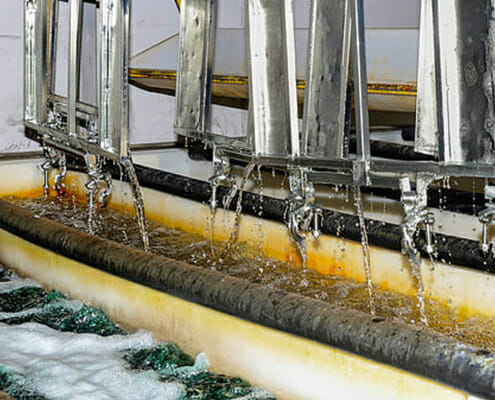Tag Archive for: innovative solutions

The time is ripe for hybrid hall heating systems!
The Climate Protection Act has been in force since August 2021.
The German government has tightened climate protection targets and enshrined the goal of greenhouse…

Dust-free feel-good climate without drafts on 4,500 sqm
The German fashion retailer mister*lady relies on energy-efficient heating without dust and drafts. LK Metall installed an innovative heating and ventilation system…

Three different temperature ranges for sensitive goods
Euphoniums, cajons and agogos - all these wonderful musical instruments can be found in Treppendorf in the Steigerwald in the 7,700 square meter logistics halls…

Reduce wastewater loads from degreasing baths
Reducing wastewater pollution from degreasing baths while saving costs in terms of environmental protection is an important issue in electroplating plants.
The…
